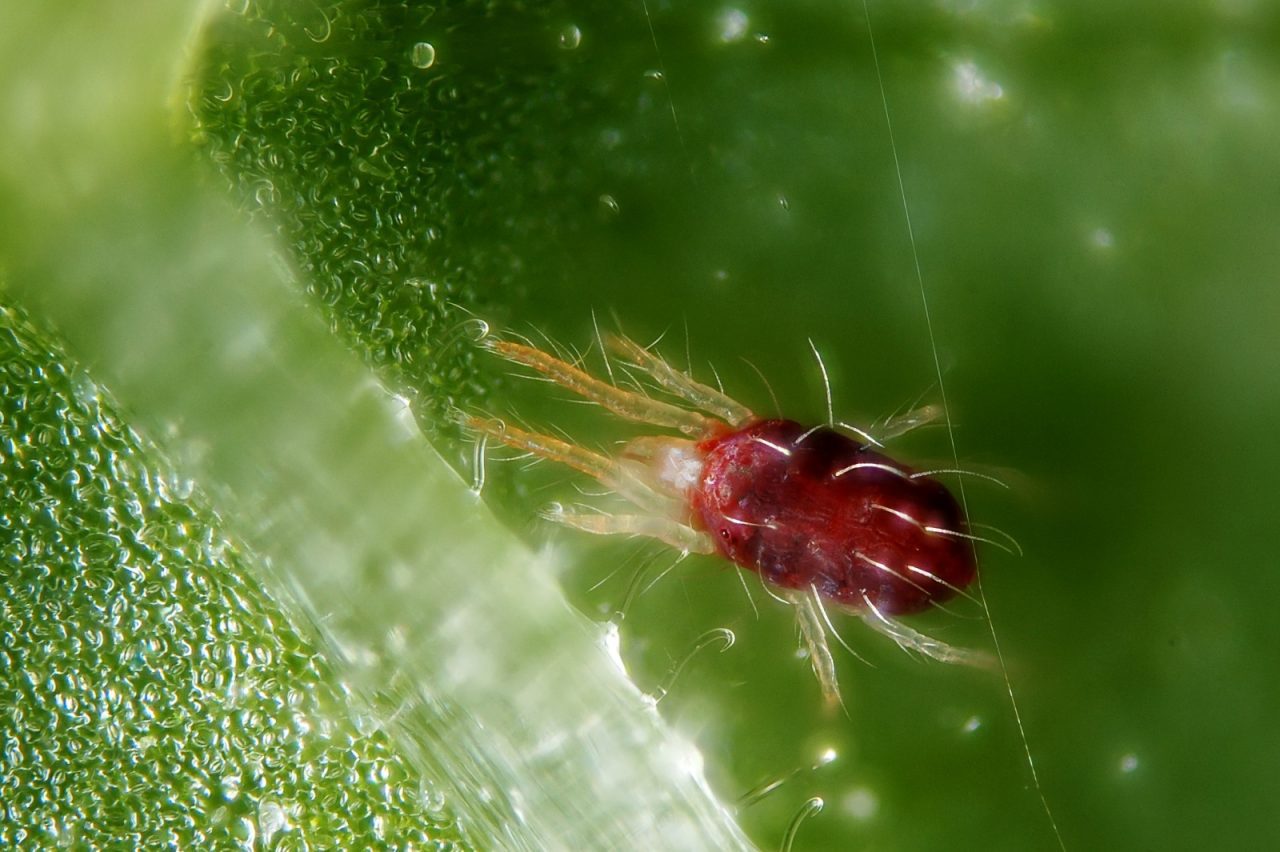With their elegant, cascading fronds unfurling from slender trunks, Australian tree ferns bring a sense of tropical paradise wherever they grow. However, these beauties aren’t immune to pest problems, especially insidious spider mites If left uncontrolled, these tiny arachnids can wreak havoc, leaving your ferns riddled with yellowing, stippling damage
The key to protecting your beloved Australian tree ferns is taking prompt action at the first signs of spider mite trouble In this guide, we’ll explore smart strategies for getting rid of spider mites organically and safely With diligent treatment, you can rescue your ferns and restore their graceful glory.
Identifying Spider Mite Infestations
Catching spider mite infestations early is critical for minimizing damage. Here’s what to look for:
-
Fine webbing on frond undersides and where fronds join the trunk. Early sign of spider mites.
-
Clusters of tiny, slow-moving dots on fronds. Appear yellowish-green to red-orange. Indicates mite presence.
-
Stippling damage on fronds. Numerous tiny yellowish dots that make fronds appear dusty.
-
Frond browning and dropping. Advanced symptom of heavy mite feeding.
Act quickly at the first sign of webbing or stippling. Early treatment will be much more effective.
Why Spider Mites Attack Tree Ferns
Before treating spider mites, it’s helpful to understand why they target Australian tree ferns:
-
Feast on plant sap – Spider mites pierce plant cells and suck out sap for food. This damages fronds.
-
Thrive in hot, dry conditions – Spider mites multiply rapidly in heat and low humidity.
-
Develop rapidly – In optimal conditions, spider mites can cycle from egg to adult in as little as 5-7 days.
-
Move plant to plant – Spider mites crawl or blow in the wind from plant to plant.
Safely Controlling Spider Mites with Organic Treatments
Once spider mites are confirmed on your Australian tree fern, it’s time to take action. Here are effective organic treatment options:
Powerful Natural Oils
-
Neem oil – Derived from the neem tree. Smothers and disrupts spider mites.
-
Horticultural oil – Petroleum-based oil suffocates mites. Use “summer oil” formulation.
-
Apply either oil mixed with water according to label directions. Spray undersides of fronds thoroughly. Repeat every 5-7 days for 2-3 weeks.
Gentle Botanical Insecticides
-
Azadirachtin (neem extract) – Disrupts spider mite growth and reproduction.
-
Pyrethrin – Plant-derived neurotoxin. Knocks down mites quickly but doesn’t provide residual control.
-
Follow label application directions. Repeat treatments every 3-5 days for 2 weeks.
Targeted Miticides
-
Abamectin – Powerful miticide derived from soil bacterium. Provides residual control for 5-7 days.
-
Fenpyroximate – Miticide that disrupts mite growth and behavior. Apply every 7-14 days.
-
Use miticides according to label directions. Alternate different options to prevent resistance.
Critical Tips for Managing Spider Mites Long-Term
While treatments knock down active spider mite infestations, preventing future problems is also key. Here are proactive management tips:
-
Quarantine new plants – Isolate for 2-3 weeks before introducing to avoid bringing in mites.
-
Remove severely infested fronds – Prune out badly damaged fronds to eliminate mites.
-
Apply kaolin clay – This white mineral powder deters mites from settling on plants. Reapply after rain.
-
Increase air circulation – Improve air flow around ferns to discourage mites.
-
Hose off plants – Blast ferns with a strong jet of water to dislodge mites.
-
Release predatory mites – Beneficial mites like Phytoseiulus persimilis feed on pest mites.
-
Reduce environmental stress – Ensure proper water, light, and humidity to help ferns resist mites.
Restoring Health to Damaged Australian Tree Ferns
Once spider mites are under control, take these steps to help your Australian tree ferns recover:
-
Prune away dead fronds to improve appearance and air circulation. Make clean cuts at the trunk.
-
Feed ferns biweekly with a balanced, water-soluble fertilizer to stimulate new frond growth.
-
Mist ferns daily to boost humidity around plants. Dry air enables spider mites.
-
Move ferns to shadier spots for a few weeks to prevent added stress to damaged foliage.
With prompt treatment at first signs of infestation followed by good cultural care, your beloved Australian tree ferns can make a full comeback after spider mite attacks. Pay close attention to catch problems early and be prepared to take action with organic solutions. Taking a proactive approach will help you safeguard the graceful beauty of these exotic ferns.

Watering Wisdom: Avoiding Excess Moisture
Overwatering is like throwing a bug party and youre not invited. Keep it dry on top to deter gnats. Ensure good drainage. Soggy soil is a no-go unless youre farming mushrooms.
Scale: The Sticky Freeloaders
If your ferns leaves feel like theyve been visited by a miniature syrup factory, youve got scale. These pests masquerade as bumps on stems and leaves, sapping the plants strength. Scraping them off manually or using oil treatments can evict these unwelcome guests.
Super Simple Spider Mite Control and Prevention
FAQ
How to get rid of mites on fern?
Can a plant recover from spider mites?
What is the best treatment for spider mites?
How do you save a tree with spider mites?
